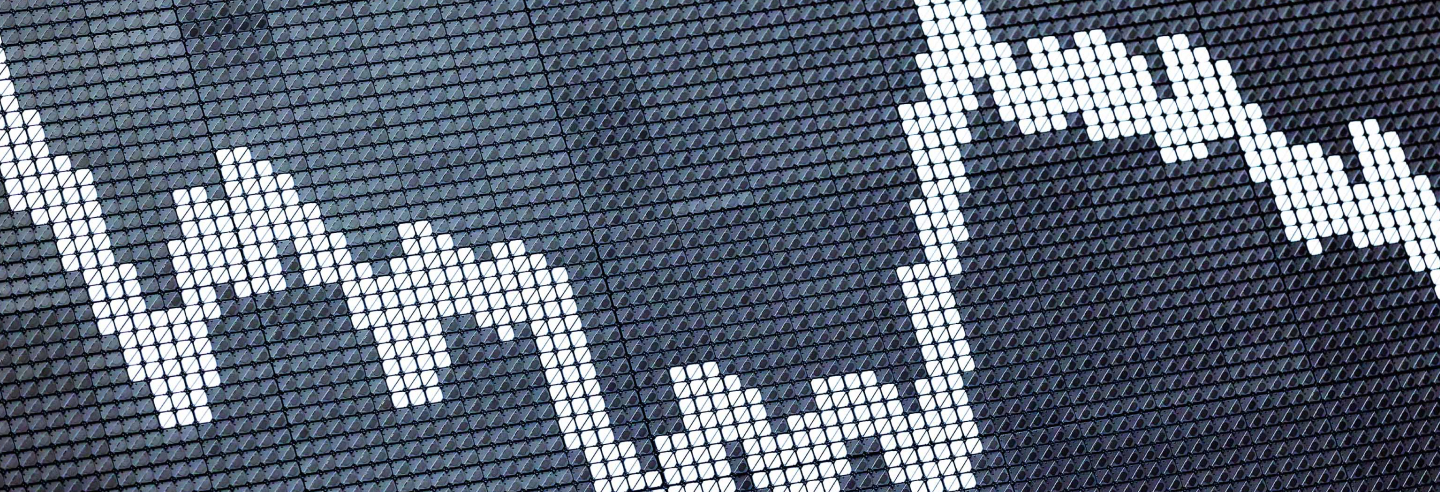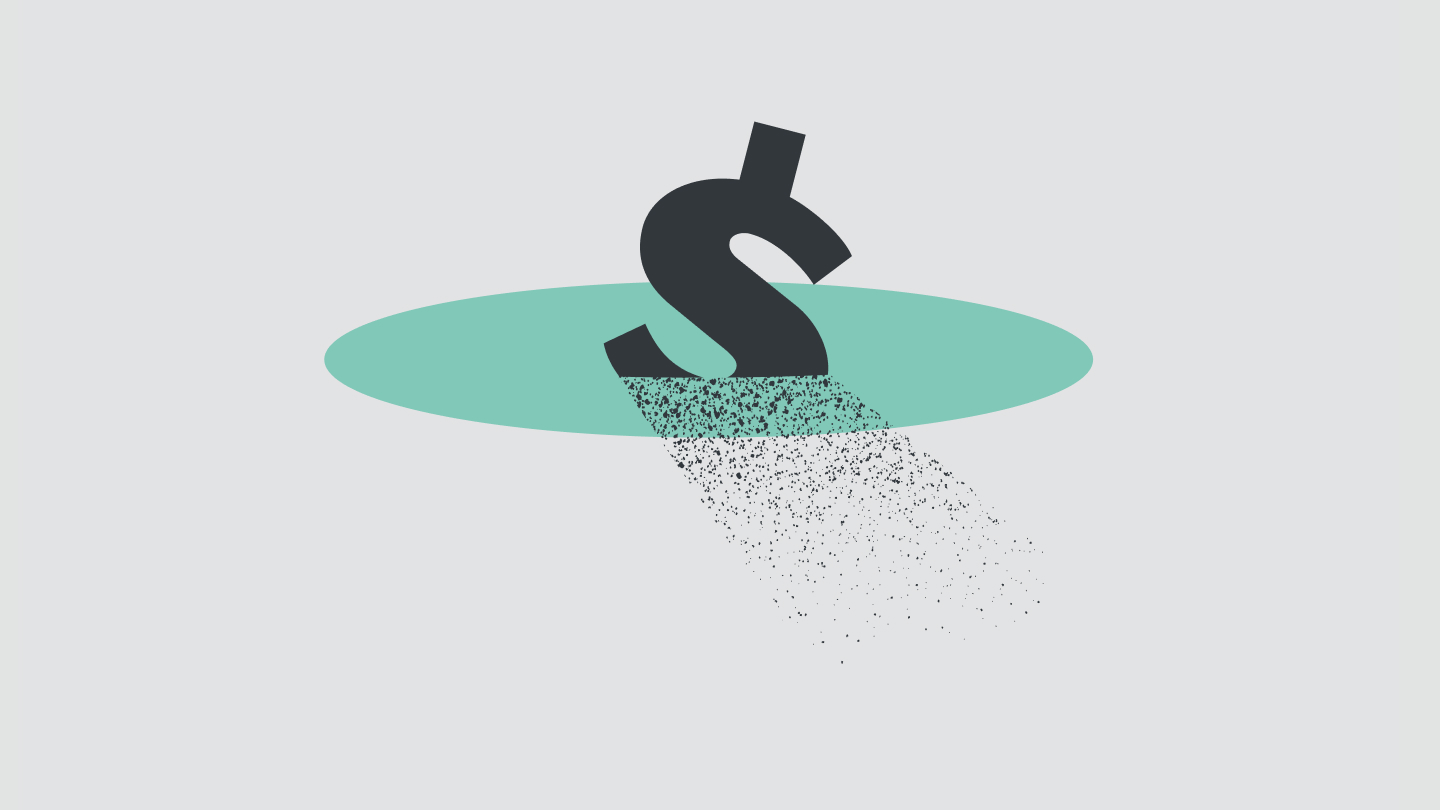
If there is no recession – which is our view – then risky asset prices are too cheap. Many equity market segments are down 60-80%. Positioning and sentiment of investors is at multi-decade lows. So, it is not that we think that the world and economies are in great shape, but just that an average investor expects an economic disaster. If that does not materialize, risky asset classes could recover most of their losses from the first half. Our bullish and out-of-consensus view is hence a forecast of a lost year – a recovery of H1 losses in risky assets.
Marko Kolanovic & Bram Kaplan
J.P. Morgan Global Quantitative and Derivatives Strategy
Global growth
The first half of this year has delivered a number of adverse shocks that dramatically raised inflation and significantly weighed on growth. This recent turbulence shines a light on a healthy private sector that has cushioned these blows and allowed the global expansion to move forward. At the same time, the household sector has absorbed the unprecedented purchasing power squeeze from surging inflation by rapidly reducing their saving rate. These positive demand impulses have sustained global GDP growth at a trend-pace outside of China in the first half of 2022. When combined with an assumed fading of shocks that reduce inflation, these strong fundamentals are anticipated to deliver above-potential growth in 2H22.
Higher inflation, which has generated more restrictive central bank policy and tightening financial conditions poses a challenge to this outlook. This year’s inflation surge has already produced a hawkish pivot, but central banks outside the higher-yielding Emerging Markets (EM) have so far remained committed to sustaining the expansion. But as the inflation surge looks likely to persist, policy guidance is starting to shift. The Federal Open Market Committee (FOMC) meeting in June suggested the Fed is now committed to push policy rates well into restrictive territory this year, while also guiding to a meaningful rise in the unemployment rate. This shift is likely to resonate elsewhere and is a significant factor tightening global financial markets.
“We still see the expansion continuing through this extended phase of negative shocks, but the risks are skewed decisively to the upside on inflation and to the downside on growth,” said Bruce Kasman, Head of Economic Research at J.P. Morgan.
Downward momentum looks to be concentrated in the U.S. economy, which will likely feel the brunt of the drag from higher interest rates and is benefiting less from fading COVID drags.
By contrast, the fading of the Omicron drag is expected to generate a period of Asian outperformance. In Europe, where the recovery is further behind the U.S., growth is also set to get a boost from somewhat easier monetary and fiscal policies.
GDP growth in 2022
Equities
Equity sentiment, investor positioning and market internals have been bearish, resulting in the worst annual start for equities in around 100 years, with the exception of the Great Depression. Portfolios are defensively positioned for a recessionary outcome and corporate fundamentals should exhibit relative resilience for the rest of the year, despite some softness in corporate guidance.“
We believe the fundamental risk-reward for equities will be improving as we enter the second half of the year, with growth-policy tradeoff likely to turn, from both sides,” said Dubravko Lakos-Bujas, Global Head of Equity Macro Research at J.P. Morgan.
Mid-to-high single digit growth rate is expected for S&P 500 earnings per share (EPS) in 2022, with J.P. Morgan estimates at $225 (vs. consensus $229.58). Growth should moderate in 2023 with negative revisions to EPS driven by slight margin compression and U.S. dollar headwinds.
Equity markets typically have large drawdowns during a hiking cycle, with an average sell-off of -16% in the 13 cycles since 1954. The -25% drawdown so far in this cycle is comparable to 1986-89 cycle (-32.6%, Black Monday, recession came after three and a half years from the start of the cycle). Anything short of a recession will likely catch most investors completely wrong-footed, especially after broad correction that resulted in the average stock drawdown around 80% of the way to prior recession bottoms.
“At the current juncture defensive stocks possess valuation risk while flushed out cyclicals / growth / small-caps are presenting an increasingly attractive risk/reward. Our highest conviction sector call remains energy (strong fundamentals, still attractive valuation, rising shareholder return and geopolitical/inflation hedge),” added Lakos-Bujas.
Worst start after Great Depression in around 100 years
Commodities
Commodities are on pace to deliver a third consecutive year of significant positive returns, up 30% year-to-date. Despite this strong performance, the case for commodities going forward remains strong, as conditions of acute scarcity continue to persist across commodities. Summertime is the traditional peak of demand season, but current inventories are 19% below historical norms and lack of an inventory buffer is leaving the market vulnerable to unplanned supply outages.
“In our view, almost the entire complex remains a buy,” said Natasha Kaneva, Head of the Global Commodities Strategy team at J.P. Morgan.
In oil markets, Russian crude is flowing, but global crude markets have tightened considerably, as transit times get longer. Tightness in Liquid Natural Gas (LNG) supply suggests higher prices for longer is the continued theme for the European natural gas market. In agriculture, apart from soybeans, balances continue to show draws in inventories through 2022/23 across the board and stock-to-use ratios across tradeable inventories remain historically tight.
Turning to base metals, while there are sizeable risks that zero-COVID policies could continue to hamper economic activity in China, a rebound in Chinese demand could further stress low inventory levels, driving a 2H22 price recovery. Finally, precious metals remain the more bearish outlier. While firmer inflation may seem bullish for prices, it is now being quickly counteracted by more aggressive pricing for a policy response from the Fed and other central banks, likely keeping prices constrained.
2022 global commodities price forecasts
Emerging markets
EM growth has held up in the face of large shocks. The first half of the year has produced a confluence of outsized shocks that would normally deliver a sizeable blow to EM growth, including surging food and energy prices due to supply disruptions from conflict in Ukraine, sharp contractions in two of the largest EM economies—China and Russia—and tightening in global financial conditions. EM has weathered these shocks well so far and while overall growth is tracking a sub-par 1.5% for the first half of the year, growth outside of China and Russia is holding above its potential pace at 3.6% annual rate.
“Much of the second half outlook hinges on the tug-of-war between still high private sector savings and high inflation,” said Nora Sventivanyi, Senior Economist at J.P. Morgan.
EM private sector savings still intact
The private sector in EM heads into 2H with much of its stock of excess savings still intact, but high inflation will continue to squeeze households and compel them to continue to draw on these savings. J.P. Morgan forecasts some moderation in growth based on these headwinds, but the private sector can still lessen the blow of a formidable set of circumstances. EM inflation is expected to peak in the third quarter and commodity prices are expected to ease in H2 from their Q2 peaks, which would kick-start EM headline disinflation from Q4. EM monetary policy tightening is well advanced, but there is still more to go. Following steep policy rate hikes for several quarters, several EM central banks are starting to show signs of hiking ‘fatigue’, signaling less aggressive tightening paces and more concern with slowing growth and macro stability. Uncertainty over China’s 2H recovery remains high due to the zero COVID policy, but early indicators suggest the worst of the current Omicron is likely behind us, with economic activity rebounding strongly in May after a weak March-April. J.P. Morgan baseline forecasts look for 7.4% growth in 2H22 following a contraction of 5.4% in Q2, with full-year 2022 growth at 3.7% year-on-year.
Rates
Inflation has been strong throughout the year so far and the Federal Reserve (Fed) is now working to rein it in. Through much of 2021, the FOMC believed strong inflation was transitory and kept policy very accommodative. But the Committee started changing its tone late last year and since then has been more active in trying to bring inflation down. A hiking cycle began in March and then the start of the drawdown of the balance sheet at the beginning of June. The FOMC has now hiked its target range 150 basis points (bp) over the course of just three meetings through June, including most recently a 75 bp hike. The FOMC has signaled that it will continue to hike over time, raising rates another 175 bp by the end of this year and then another 25-50 bp next year. J.P. Morgan Research forecasts somewhat less tightening, with the top of the target range peaking at 3.5% by the first quarter of 2023. A 50 or 75 bp hike is expected in July and September, followed by a 25 bp cadence until that range is reached.
The move in long-term yields has even exceeded the 1994 experience
2022 global commodities price forecasts
The hawkish shift from the Fed since late last year has contributed to a significant tightening in financial conditions, including dollar appreciation, a jump in mortgage rates and a drop in equity prices.
“Our forecast expects the Fed to be largely successful in engineering a soft landing, at least through the end of next year. We anticipate GDP growth moderates to a below-potential pace by the end of 2023 and job growth slows enough so that the unemployment rate steadies out and then drifts gradually higher late in 2023. Inflation is also expected to moderate noticeably,” said Jay Barry, Head of U.S. Dollar Government Bond Strategy at J.P. Morgan.
In the second half of 2022, the developed market (DM) rates market, excluding the U.S., will likely face a tug of war between central banks that are starting the summer with a clear strong bias to deliver more aggressive policy rate normalization and a growth outlook that will start to feel the pressure of the global tightening. Inflation pressures are likely to ease towards the end of the year and lower yields are expected in 2H22 than current levels seen in Germany, the Antipodean and modestly in U.K., as the market will start to challenge the longevity of the hiking cycle in mid to late 2023.
In the Euro area, the ECB is expected to deliver a policy rate hike at each meeting between now and year end, with 25 bp as the benchmark move, with the exception of the September meeting, where J.P. Morgan forecasts a 50 bp hike.
This communication is provided for information purposes only. Please read J.P. Morgan research reports related to its contents for more information, including important disclosures. JPMorgan Chase & Co. or its affiliates and/or subsidiaries (collectively, J.P. Morgan) normally make a market and trade as principal in securities, other financial products and other asset classes that may be discussed in this communication.
This communication has been prepared based upon information, including market prices, data and other information, from sources believed to be reliable, but J.P. Morgan does not warrant its completeness or accuracy except with respect to any disclosures relative to J.P. Morgan and/or its affiliates and an analyst's involvement with any company (or security, other financial product or other asset class) that may be the subject of this communication. Any opinions and estimates constitute our judgment as of the date of this material and are subject to change without notice. Past performance is not indicative of future results. This communication is not intended as an offer or solicitation for the purchase or sale of any financial instrument. J.P. Morgan Research does not provide individually tailored investment advice. Any opinions and recommendations herein do not take into account individual client circumstances, objectives, or needs and are not intended as recommendations of particular securities, financial instruments or strategies to particular clients. You must make your own independent decisions regarding any securities, financial instruments or strategies mentioned or related to the information herein. Periodic updates may be provided on companies, issuers or industries based on specific developments or announcements, market conditions or any other publicly available information. However, J.P. Morgan may be restricted from updating information contained in this communication for regulatory or other reasons. Clients should contact analysts and execute transactions through a J.P. Morgan subsidiary or affiliate in their home jurisdiction unless governing law permits otherwise.
This communication may not be redistributed or retransmitted, in whole or in part, or in any form or manner, without the express written consent of J.P. Morgan. Any unauthorized use or disclosure is prohibited. Receipt and review of this information constitutes your agreement not to redistribute or retransmit the contents and information contained in this communication without first obtaining express permission from an authorized officer of J.P. Morgan. Copyright 2022 JPMorgan Chase & Co. All rights reserved.







